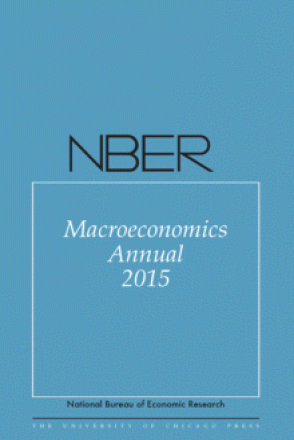Declining Desire to Work and Downward Trends in Unemployment and Participation

You may be able to download this chapter for free via the Document Object Identifier.
This paper argues that a key aspect of the US labor market is the presence of time-varying heterogeneity across nonparticipants. We document a decline in the share of nonparticipants who report wanting to work, and we argue that that decline, which was particularly strong in the second half of the 90s, is a major aspect of the downward trends in unemployment and participation over the past 20 years. A decline in the share of "want to work" nonparticipants lowers both the participation rate and the unemployment rate, because a nonparticipant who wants to work has (i) a higher probability of entering the labor force (compared to other nonparticipants), and (ii) a higher probability of joining unemployment conditional on entering the labor force. We use cross-sectional variation to estimate a model of nonparticipants' propensity to want to work, and we find that changes in the provision of welfare and social insurance, possibly linked to the mid-90s welfare reforms, explain about 50 percent of the decline in desire to work among nonparticipants.


